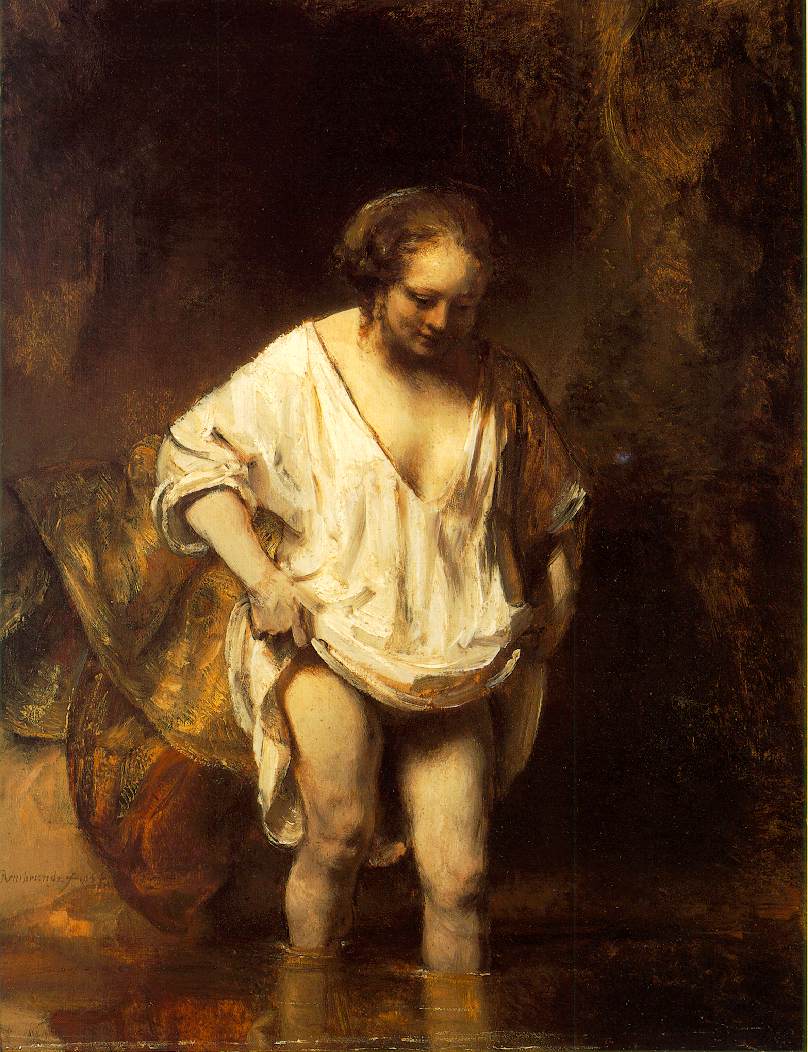"What to do with all this useless beauty?"
 |  |
How 'bout Using it as an Invitation into the Unconscious?
 |  |
| Howard's End | On Beauty |
| Margaret | Kiki |
| Mrs. Wilcox | Mrs. Kipps |
| (Per Christina: "big jerks") Mr. Wilcox |
Monty Howard |
| Helen | Jerome Zora Levi |
| Leonard | Carl Choo |
| Charles Paul | Michael |
| Victoria! | |




|  |

